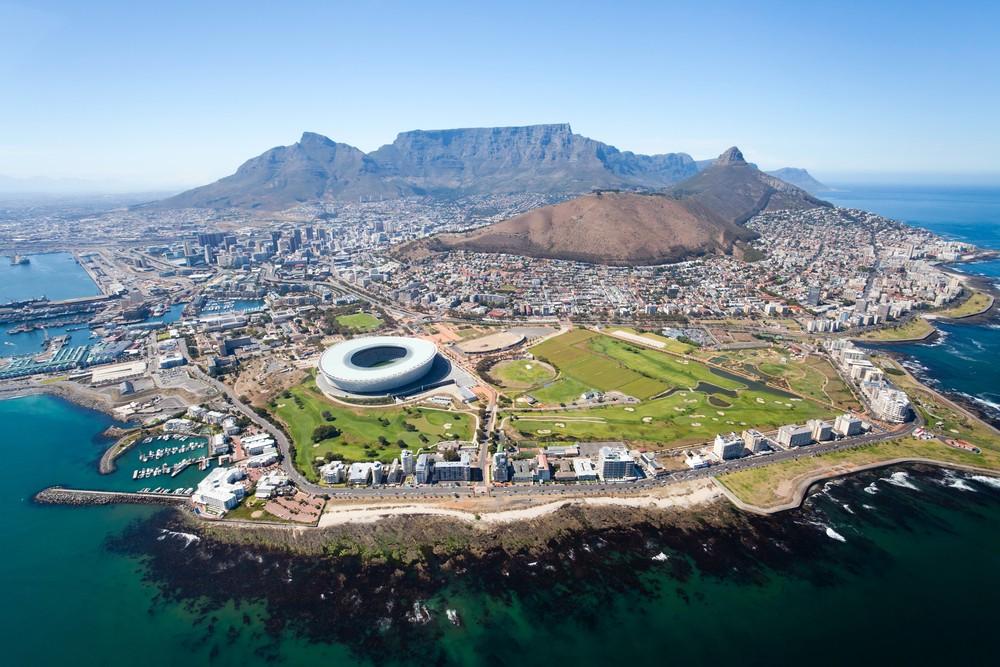The connoisseurs among the long-distance travelers argue about where the most beautiful end of the world can be found for them. But quite a few are of the opinion that this can only be Cape Town . Because a look at the globe reveals: South of Cape Town there is only the infinity of the oceans. And at some point, the region of Antarctica’s eternal ice begins. South Africa is a young country that celebrated the end of apartheid shortly after the fall of the Berlin Wall in Germany. Much has changed between Johannesburg and Cape Town since then, even if the heirs of Nelson Mandela could not and did not always want to budget with their new freedom. But South Africa has nevertheless developed into a longing destination for many holidaymakers from Europe and America over the past twenty-five years.

Rainforests and savannahs, the mighty Drakensberg Mountains, the picturesque lagoons on the coasts of the Atlantic and Indian Oceans, dust-dry deserts and the vineyards of Stellenbosch and Paarl. The south of Africa is full of wonders, and if you enjoy the 360 Grand Panorama at the setting sun on Blouberg Beach and see the silhouette of the nearby Table Mountain, you have no doubt that this is indeed something like the most beautiful end of the world. Although the country is not governed from Cape Town – that is reserved for Pretoria – it is from here, at the Cape of Good Hope, that the influence of the Europeans on this region began.

In the beginning there was a supply station for sailors and a chamber of commerce of the Dutch at the Cape. That was in April 1652, when a certain Jan van Riebeeck landed on the stormy coast and encouraged the local population to exchange trade goods. But this very soon developed into the subjugation of the people of the Khoikhoi tribe. This servitude did not end until 1990, when Nelson Mandela was released from a long prison sentence on Robben Island and a process of reconciliation with the white population began. The gap between black and white and thus between rich and poor has remained, but the hope for a multicultural country and a farewell to racist prejudices has remained. Behind Table Mountain stretches the friendly South African wine country. The vines that are harvested here have helped the region to achieve a certain prosperity. Also because the wine produced is one of the best in the world. Stellenbosch, Paarl and Franschoek are located on the edge of the Little Karoo semi-desert, picturesquely and protected by high and karstic mountains.
The Garden Route is the highlight of southern South Africa. Between Mossel Bay and Port Elizabeth, the rainbow nation shows its most beautiful side with romantic bays and the deep forests of the Tsitsikamma National Park, where daredevils get their special kick at the highest bungee jumping in the world.
If you want to look around in the wilderness, you have the choice between various national parks in South Africa. The largest of them is the “Kruger“, where there are numerous lodges with all comforts and where the safaris are of special quality. However, the search for the so-called “Big Five” often ends with the realization that zebras and giraffes are also photogenic. So it doesn’t always have to be the “Lion King” on a round trip through South Africa that makes a safari so appealing.
Travel information South Africa
| Capital | Executive: Pretoria Legislative: Cape Town Judiciary: Bloemfontein |
|---|---|
| Form of government | Federal Republic Parliament-bound executive power |
| Currency | Rand (ZAR) |
| Area | approx. 1,221,037 km² |
| Population | approx. 56,521,900 (2017) |
| Languages | Afrikaans, English |
| Electricity grid | 220-230 volts, 50 Hz |
| Area code | +27 |
| Time zone | UTC+2 UTC+1 (March to October) |


